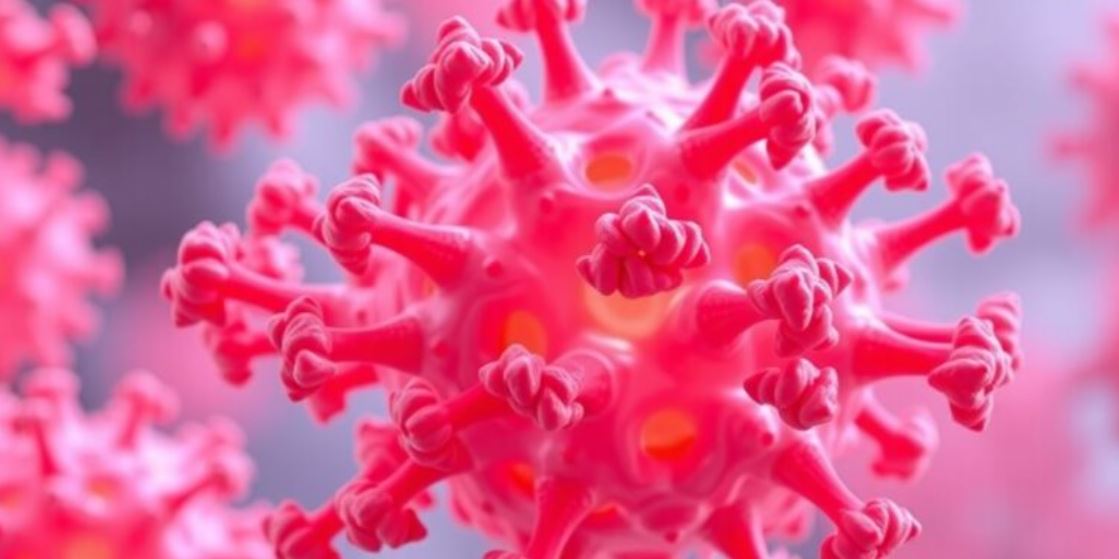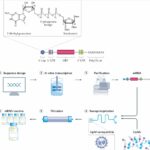 Researchers have unveiled a completely new family of bacterial proteins that might change the way you think about microbial interactions. Published in Nature Communications, the study spotlights PopA—a protein from the predatory bacterium Bdellovibrio bacteriovorus—which defies convention with its unique fivefold, bowl-like structure compared to the traditional one- or three-part forms.
Researchers have unveiled a completely new family of bacterial proteins that might change the way you think about microbial interactions. Published in Nature Communications, the study spotlights PopA—a protein from the predatory bacterium Bdellovibrio bacteriovorus—which defies convention with its unique fivefold, bowl-like structure compared to the traditional one- or three-part forms.
Led by experts at the University of Birmingham, the team used advanced imaging techniques to peer into PopA’s structure. When introduced into E. coli, this outer membrane protein (OMP) compromises the membrane, hinting at its role in the bacterium’s predatory strategy. It’s a fascinating new twist on how bacteria might engage with their environments.
The discovery goes further. Homologs of PopA have been found in a diverse range of bacteria, forming various oligomeric assemblies—from tetramers to hexamers to nonamers—that also trap lipids. Such findings suggest the existence of a widespread, previously unrecognised protein superfamily.
Professor Andrew Lovering, the lead author, explained, “Our discovery is significant because it challenges what scientists thought they knew about bacterial proteins.” His remarks underscore that bacteria may employ more complex methods to interact with their surroundings than we once believed.
In addition, the study uncovered another group of proteins that form ring-like structures. This insight implies that ring formation might be a common microbial strategy. By blending techniques like X‑ray crystallography, cryo-electron microscopy, and molecular dynamics modelling, the researchers demonstrated that PopA—also known as Bd0427—creates a central cavity to trap lipids, challenging traditional views of membrane protein assembly.
Outer membrane proteins perform a variety of roles, from signalling and host cell adhesion to catalysis and nutrient transport. If you’ve ever wrestled with the complexity of bacterial systems, you’ll appreciate how insights like these can influence the future of antibacterial strategies and spark innovations in synthetic biology. Understanding these proteins not only clarifies bacterial behaviour but also offers practical hints for developing better therapeutic tools.








